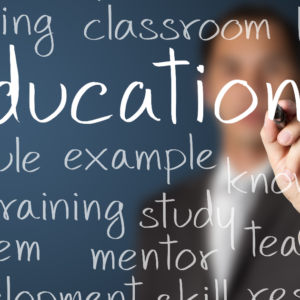Human Trafficking is the most critical and educationaldepartments social issue of our times and especially for America’s youth. Those most vulnerable to this debilitating and tragic crime are in our schools and youth organizations. They are our daughters (and sons), our nieces and nephews, and brothers and sisters, and they are often times hidden in plain sight. During the day they walk among us. We see them in shopping centers, in hospital emergency rooms, on hotels and motels, in our classrooms, and yes in our homes locked in their rooms pretending to do homework. But at night, there is a different story. While at night they are enduring repeated rape and violence at the hands of traffickers and johns, and parents think they are out on dates, at parties. Some even are coerced to sneak out the bedroom window after they are threatened with harm to their families by traffickers. The myth that they are always snatched (some area) is not the norm, it is the exception.
Traffickers use today’s cultural leniency to entrap the most vulnerable among us —
In the United States, the average age of entry into sexual slavery is 13, and about 80% of sex buyers do so for the first time before age 25. And while stats attempt at dividing youth into vulnerable and not-vulnerable categories, the truth is that there are no socio-economic boundaries that exempt any of our youth from this activity or this crime. We need to reach them with every opportunity available today. Children spend more waking hours during the week at school than at home where parents are often times at work when they get home. So it is natural that the most obvious venue for helping our children navigate this issue is in the classroom where romeo pimps know they can gain free access.
What makes all of our youth vulnerable is the modern culture in the United States and across the world that sanctions a hyper-sexualized climate that preys on youth. Today’s generation of children and teens are growing up with the mindset that sex any time and with anyone is normal. The thirst for material possessions and the need for an acceptable self-image plague society and have established a template for what deems acceptance by peers for inclusion into the “loved” circles of society. This is the challenge we face. All of our youth are targets and traffickers know how to use these tools to ultimately entrap them.
Romeo pimps that pursue girls and gain their trust; boy-friending and girl-friending by peers that strategically target insecure youth; social media that plays on the emotions of the one on the other end of a message or picture; and parties where victims drinks are used as an unsuspecting means of drugging and then the victims are raped – these are some of the most engaging ways that traffickers work.
A key to prevention —
Imagine the very real possibility of reaching the next generation with the proper tools to equip them to make wise choices? With this in mind, we can potentially end human trafficking in our lifetime. Getting education into America’s schools is paramount in working to make this a reality. Yet not many educators or youth leaders are equipped to teach their youth about this scourge, and the thought of creating a curriculum from scratch is too daunting on top of their many other https://educationaldepartments.com/.
